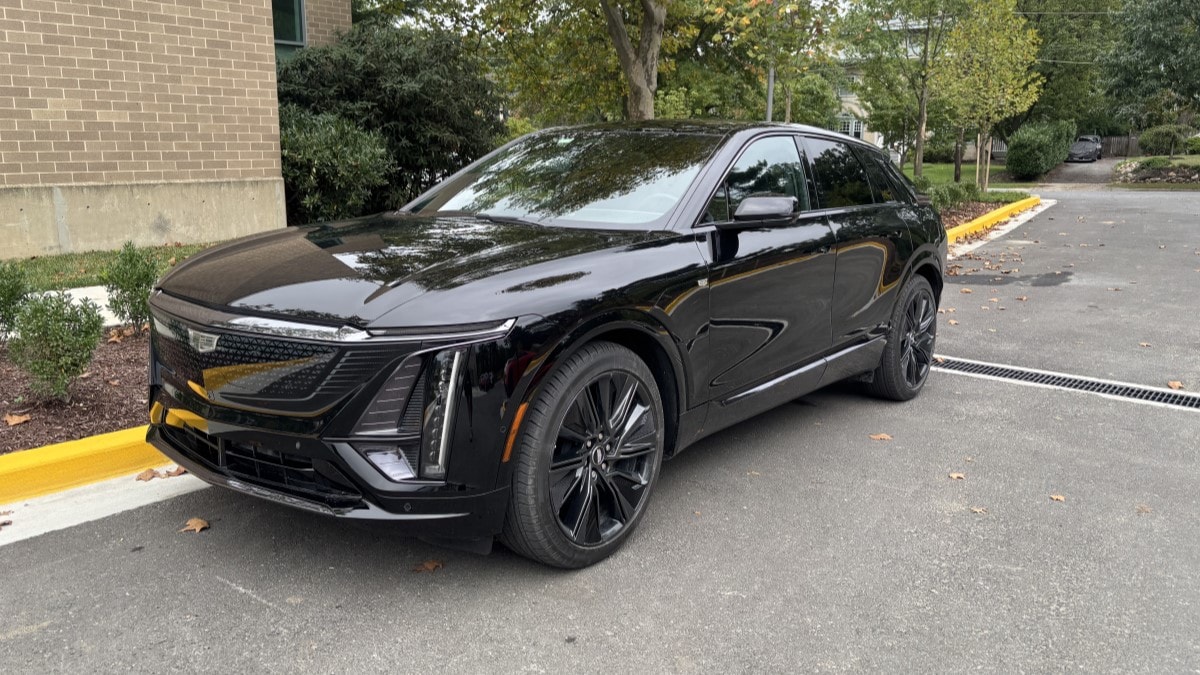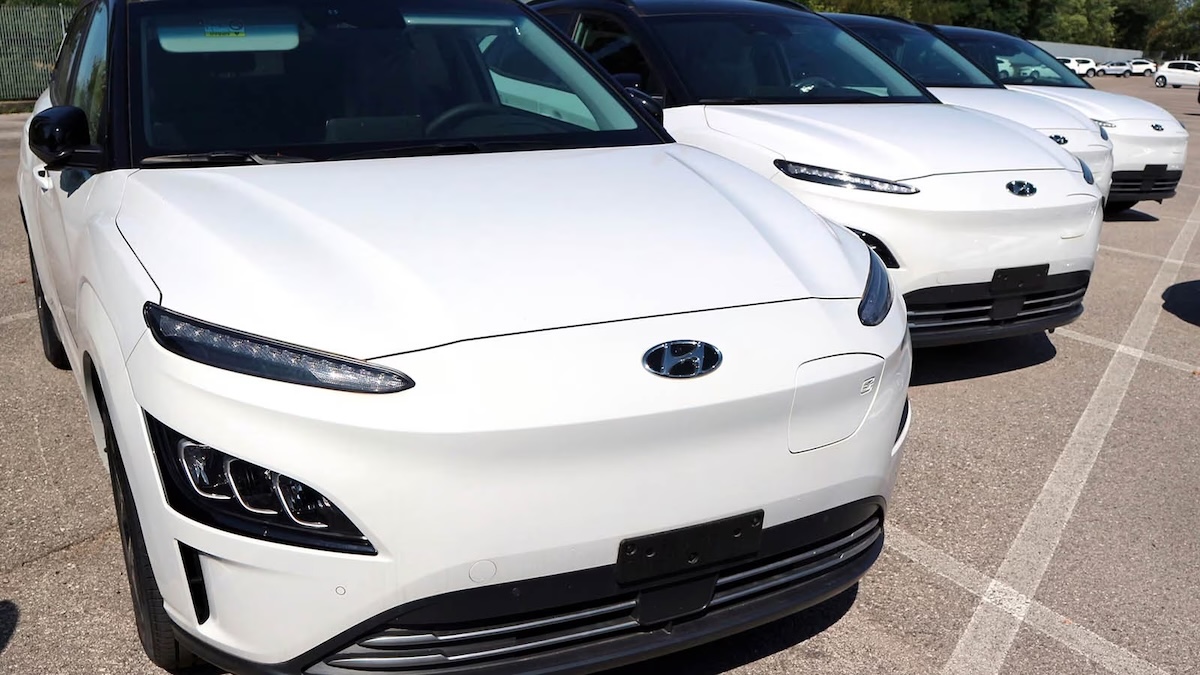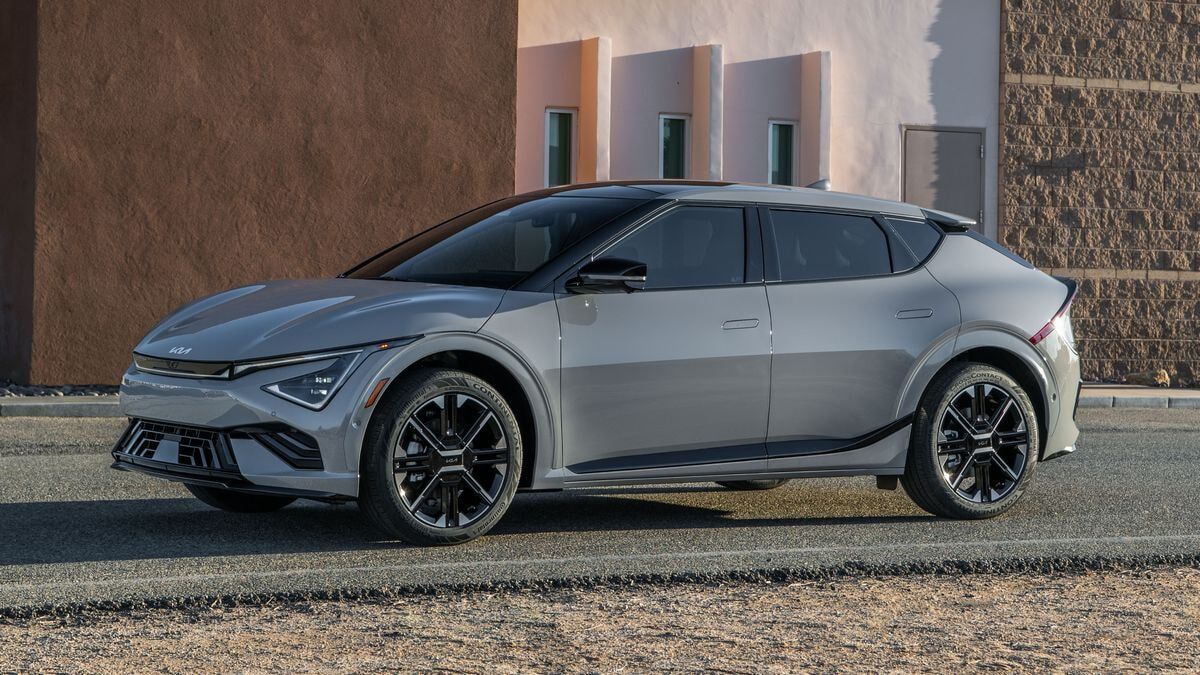Americans buy more luxury midsize SUVs than any other kind of luxury vehicle. So, as luxury automakers move into electric cars, many are starting where the money is.
The Cadillac Lyriq is the first of a full lineup of new electric vehicles (EVs). It’s headed into its third model year, so Cadillac has had the chance to work out most of the kinks that develop with a new model. And it’s vitally important to the brand’s future.
EVs, you see, are more modular than gas-powered cars. To build compact, midsize, and large SUVs with gasoline engines, automakers often design three different chassis, three different engines, and three different suspension systems. With EVs, they create one set and scale it up or down.
General Motors, America’s largest automaker, designed its Ultium platform and plans to iterate more than a dozen vehicles off of it. This was the first one to reach showrooms.
With feedback from customers who bought the 2023 model, the 2024 Lyriq should be the most fully realized version of the Ultium system. If it works, you’ll see variations of it in everything from a future compact Chevrolet Bolt mainstream car to a $300,000-plus Cadillac Celestiq competitor to Rolls-Royce.
After a week of driving it, I’m happy to report that it works. My tester was a 2024 Lyric Sport 3 with all-wheel drive (AWD), with an asking price of $70,070 (including the $1,395 delivery fee). Most buyers — depending upon the buyer’s income level — can claim a $7,500 federal tax rebate.
The Lyriq isn’t perfect and doesn’t easily outdistance competitors from other luxury brands. But it’s easy to live with, can scoot when it needs to, and it looks great.
That glove box thing is ridiculous, though. More on that in a moment.
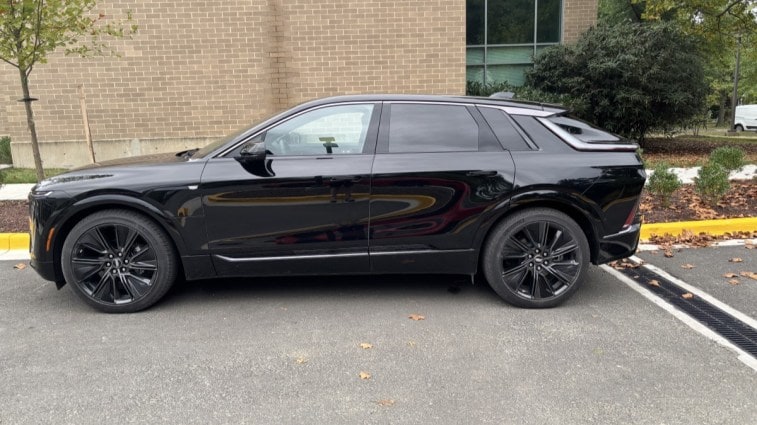
A Distinct Look
Cadillac’s current design language is distinctive. That’s the best thing a brand can hope to achieve with design. So many cars look indistinguishable. Buick and Lexus are practically blending into the background.
But you know what a Cadillac looks like. It’s angular, hewn, and looks good in black, like obsidian carved with a chisel. That look works well on the Lyriq, and its faux grille cut with lines of light is a classy touch.
Comfortable Cabin With Design Flair
Things are a bit softer inside, but the linear aesthetic carries over. A fixed panoramic glass roof and the flat floor inherent to an EV (no need for a transmission hump dividing the cabin) lend it an airy feel.
A huge 33-inch display covers both the driver’s instrument panel and where you’d expect to see a central touchscreen. Giant screens can be little more than a party trick in many modern cars, but Cadillac has given this one huge icons to suit it. That makes interacting with it while driving quick and, hence, safer.
Almost all automotive audio systems are built by a Samsung subsidiary that operates under many brand names. Cadillac’s AKG systems are no exception, but the 19-speaker system in the Lyriq Sport 3 sounds clearer than many comparable systems.
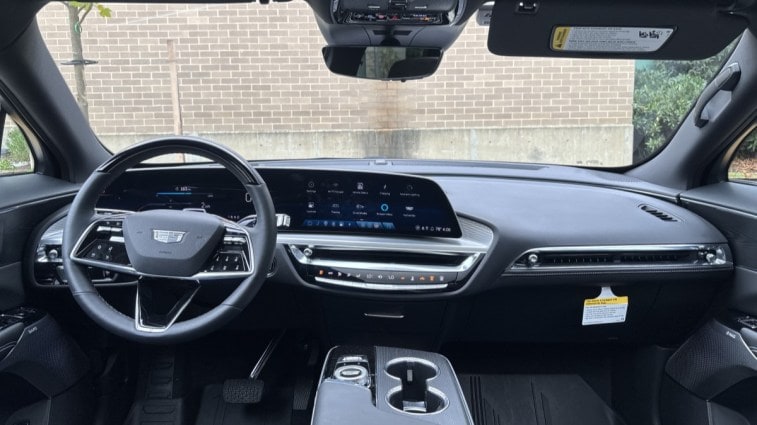
Room for Refinement
But there are some disappointing decisions inside. They wouldn’t stop me from buying the SUV, but they’re worth noting as you compare it to competitors.
One is nonsensical. There is no way to open the glove box without paging to a touchscreen menu. Cadillac provides a helpful YouTube video on how to open the glove box. But no other automaker needs to provide a helpful YouTube video on how to open the glove box.
Most of the materials you’ll naturally touch inside the Lyriq are worthy of its price. But you’ll notice that I said “most.” In a few spots, you’ll find hard, cheap plastics. They’re not places you’ll touch often — I noticed it only because I’m used to driving a manual and found my hand resting naturally on the side of the center console.
It’s not a critical problem. But it’s unique to the luxury brands of major automakers. This car has to compete with cars from Mercedes and BMW. Since those companies don’t also build something like the sub-$22,000 Chevy Trax, their product planners don’t have access to such budget materials.
Lastly, that big screen sits behind the steering wheel, so the wheel itself blocks your view of part of it. This is common to most 2024 cars. But, now that Lincoln has introduced screens mounted higher where the wheel can’t block them, we know there’s a better way.
But a Satisfying Drive
These concerns become minor once you hit the accelerator.
Even the rear-wheel drive (RWD), single-motor Lyriq makes 340 horsepower. My all-wheel-drive, dual-motor tester produced 500 hp.
The pedal is tuned to be forgiving and sedate at neighborhood speeds. But punch it on the highway, and the surge of power reminds you that this thing has muscle car power. Handling is very well weighted — light enough to be responsive but heavy enough not to feel artificial.
If this is the feel of future Cadillac vehicles, the future is promising.
Cadillac advertises the Lyriq Sport 3 with a range of 307 miles. Many EVs fall short of advertised ranges, but during a week of mid-70s weather, I found its estimates true.
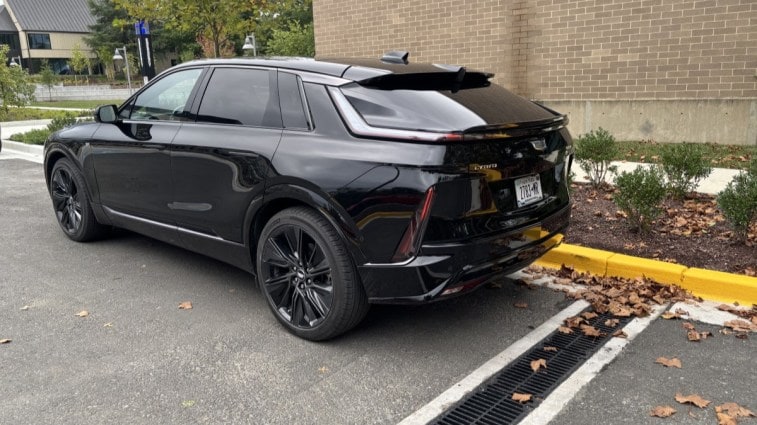
If This is the Future of Cadillac, the Future is Good
The Lyriq is an important vehicle for Cadillac and its parent company, GM. Its motors and batteries will also power the Optiq, the Vistiq, and other future Caddies. They’ll also appear in more mainstream Chevrolets, hard-working GMCs, and cushy Buicks.
Today, it is the most mature example of the Ultium system that will power dozens of GM electric cars. And it works well. It offers a smooth drive, plenty of power, reliable battery metrics, and balanced handling.
Wrap a distinctly Cadillac exterior around it, and you find yourself with a very appealing car.
